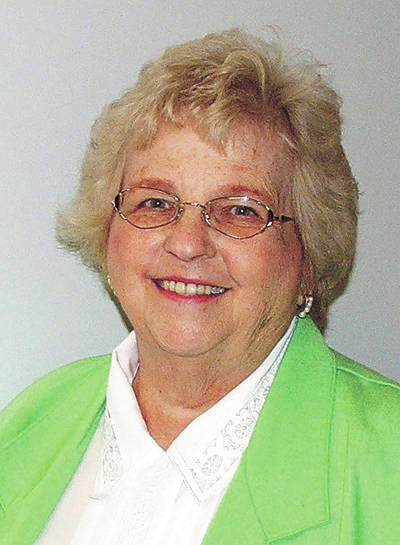
Simeon Deacon was born in England in 1846 in an industrial portion of the county. Having completed his education, he apprenticed as a carpenter for five years.
A cousin who had been living in the United States brought stories of the wonderful country across the seas, and soon Simeon and his brother Samuel, also a carpenter, decided to come to America, having been assured they would be able to find work here.
They set off by sea to come to this new world. It happened that another family was traveling on the same ship and Simeon became acquainted with the daughter whose name was Mary Smith. Unfortunately, she was going to live in Ohio, and he was bound for Chicago
The ship landed in New York on November 11, 1867. The Deacon brothers made a quick visit to Niagara Falls and then proceeded directly to Chicago, where they had been informed that there would be ample opportunities for employment in their field.
As promised, within a few days, the brothers were each able to secure employment.
Apparently, Simson was very smitten with the lovely Miss Smith. He came to Warren County, Ohio near King’s Mill in 1869 to visit with her family. The visit was not in vain because when he returned to Chicago he took his new bride with him. They became the parents of two daughters.
The family was living in Chicago at the time of the great fire. Simeon was amazed to watch even the solid masonry walls give way as easily as tinder. Though there might have been even more working there, the family moved to Oregonia, Ohio to live near Mary’s parents.
Later, they made their home at 752 South Detroit Street in Xenia. In the City Directory he is listed as Master Carpenter for the P. C. C. and S. L. Ry. (Pittsburg, Chicago & St. Louis Railway, later part of the Pennsylvania Railroad).
This was a very good career move for Simeon as he began to work for the Pennsylvania Railroad lines as a carpenter.
Initially, he was a house carpenter but before long he was promoted to Foreman of House Carpenters. He held this position for 24 years and then was promoted again to the position of Master Carpenter.
In this new capacity, he was in charge of all the railroad bridges and buildings for the Cincinnati Division. His territory included the Pennsylvania lines between Cincinnati and Columbus, Xenia and Springfield and Xenia and New Paris.
In addition to those responsibilities, he was responsible for all the buildings and bridges on the D. L. and C. (Dayton, Lebanon and Cincinnati railroad and the C. L. and N. (Cincinnati, Lebanon and Northern) railroad.
His responsibilities included about two hundred seventy-one miles of trackage.
It was then that he became known as the “builder of bridges”.
Obviously, a railroad bridge had to be adequate enough to hold an engine or two, plus a number of cars. Simeon earned his reputation by building the finest and most secure of bridges.
A history of Mr. Deacon mentions his outstanding contributions in the supervision of the construction of the passenger stations at Springfield and South Charleston on the Cincinnati Division and at Middletown and East Norwood on the C. L. & N. Railway.
It is possible that he might be better remembered for his work in Madison County. In addition to a solid masonry bridge over Big Darby and Little Darby Rivers, he constructed the viaducts over several streets in West Jefferson. At least one of those structures is still standing, and when I drive under it I think of Simeon Deacon.
He was living in Xenia, but spent a considerable amount of time in other parts of the state, working on railroad projects. He was in town when the May 12, 1886 flood damaged many homes. He and his family were living on West Second Street when the water rose inside their home. His family, together with a neighbor’s family took shelter in a nearby tree until daylight when help arrived. He was also in Dayton during the 1913 flood and once again safely escaped.
Interestingly enough, his brother Samuel and wife Sarah, also moved to Xenia. They lived on South High Street. Samuel also worked as a carpenter for the railroad but returned about two years before Simeon.
During the time when railway transportation was at its peak, Simeon Deacon’s position as Master Carpenter provided him with opportunities to travel to many different parts of the country, He had a staff of about eighty men who were constructing bridges and buildings.
A biographical sketch written when he retired in 1916 provides this statement: “No easy life has the Master Carpenter – he known what it is to be cold, wet and hungry, to work all day and all night in the rain and darkness by the feeble rays of lanterns.”
Perhaps when we see a railroad bridge or a train depot, we will remember at least one of the men who worked so hard to make this possible.
Simeon rose from carpenter’s apprentice to become a Master Carpenter for the railroad.


